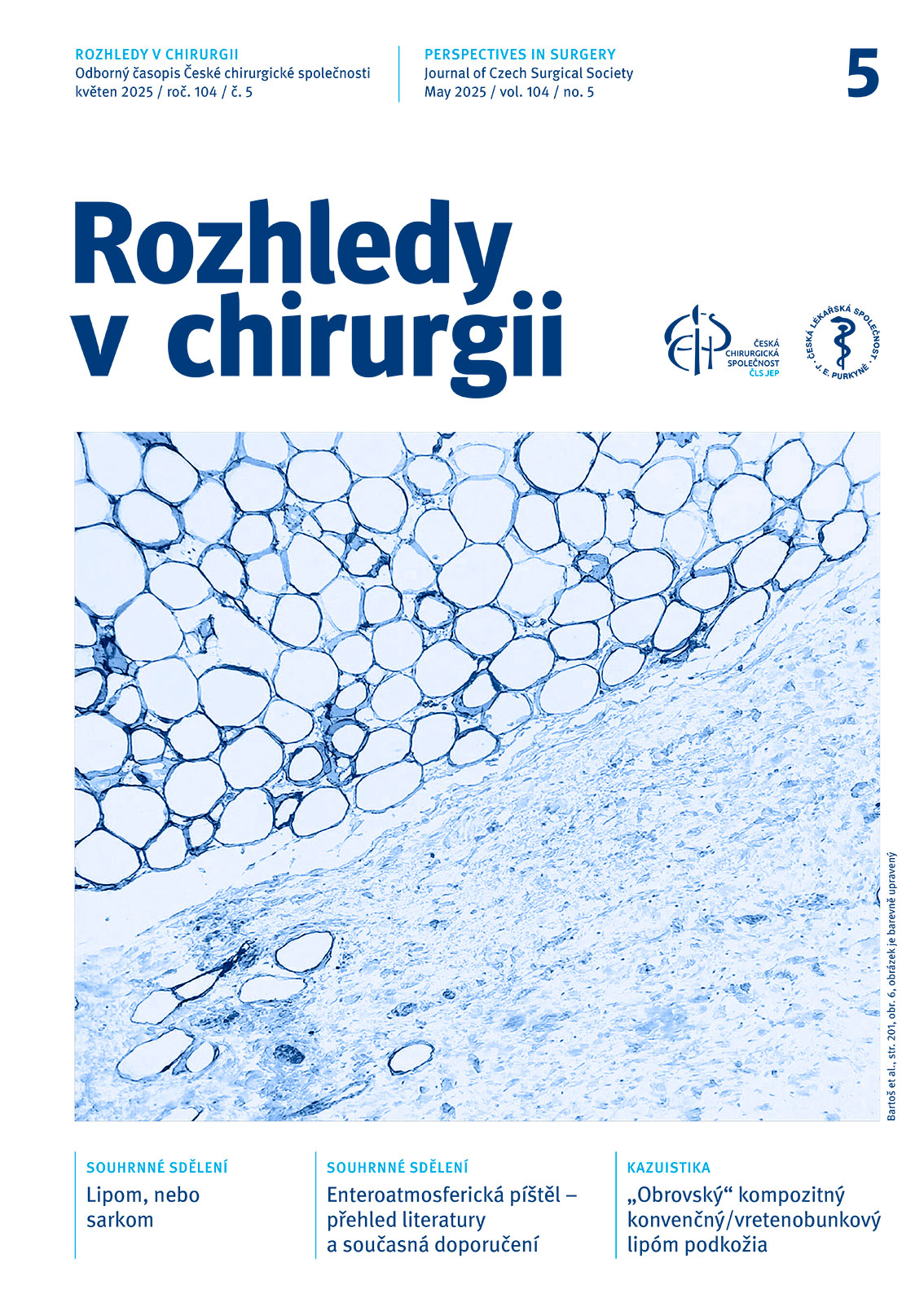Abstract
Introduction: Laparoscopic cholecystectomy is currently the gold standard of treatment for cholecystolithiasis. The authors present a rare postoperative complication that caused the development of septic shock with multiorgan failure and necessitated a number of other operations.
Case report: A 57-year-old woman underwent elective uncomplicated laparoscopic cholecystectomy for symptomatic cholecystolithiasis. The postoperative period was complicated by the development of septic shock with extensive abdominal wall gangrene. The finding necessitated surgical management and complex resuscitative care.
Discussion: Knowledge and skills in intensive and resuscitation care are nowadays among the basic minimum that an erudite surgeon working in hospital surgery must possess. One cannot rely solely on the intensive care provided by anaesthetists. Intensivists recruited from a specific specialty (surgery, internal medicine, pediatrics) may have a better insight into the problem due to their knowledge of the complexity of the disease and are complemented by anesthesiologists.
Conclusion: Initial treatment of septic shock must be early and aggressive, after stabilization of the condition it is necessary to sanitize the source of infection, if possible. Intensive care is an mandatory and necessary part of adequate treatment of septic patients.
doi: 10.48095/ccrvch2025205


